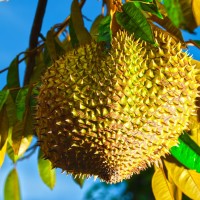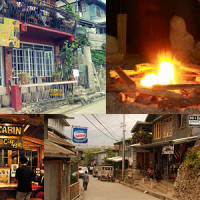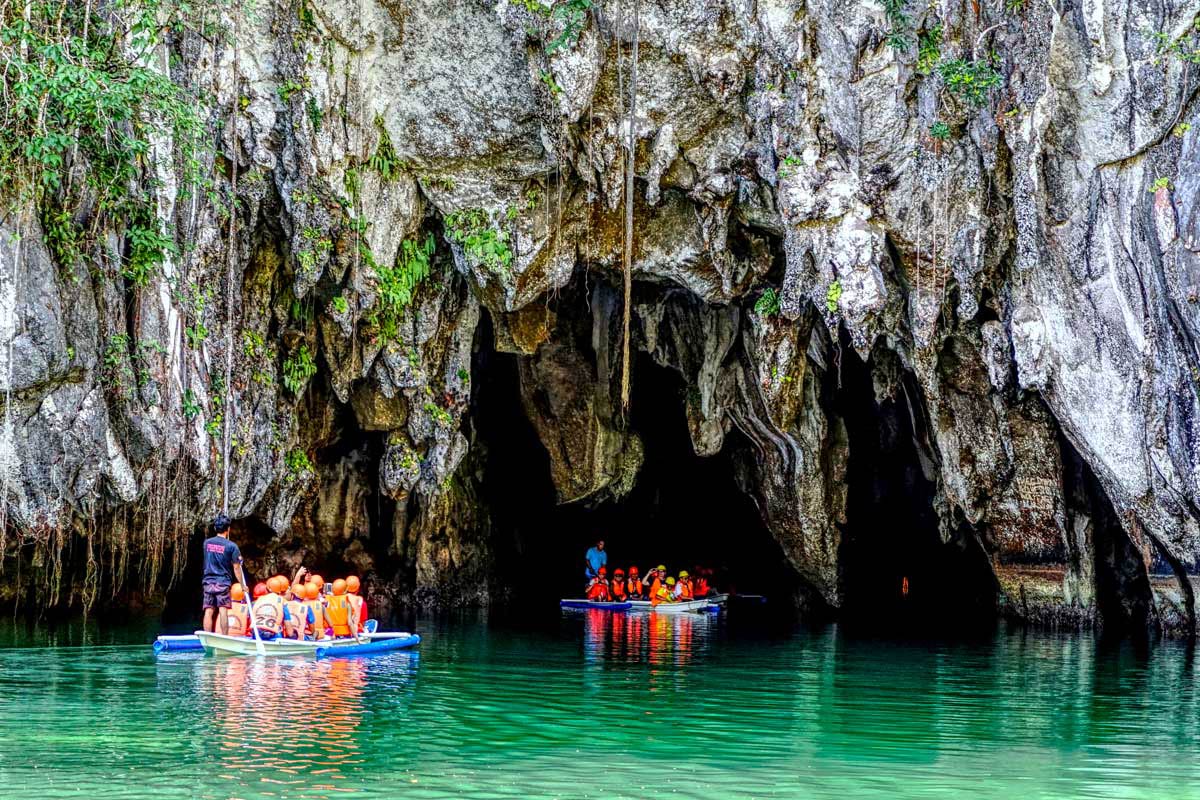
The Philippines is famous for its tropical beaches and warm, friendly hospitality. But did you know that this Southeast Asian country is also home to 9 UNESCO World Heritage Sites that range from cultural attractions to natural wonders? Yes, the Philippines boasts of impressive structures both natural and manmade that showcase the rich heritage of this beautiful archipelago.
If you find yourself planning an itinerary to visit the Philippines, don’t miss out on these beautiful heritage sites that are found all across the country:
Cultural Sites
Cultural sites mean these attractions are man-made, and because they have been named UNESCO World Heritage Sites, you can expect these structures to demonstrate the highest achievements of human thought and creativity.
San Agustin Church (Manila)
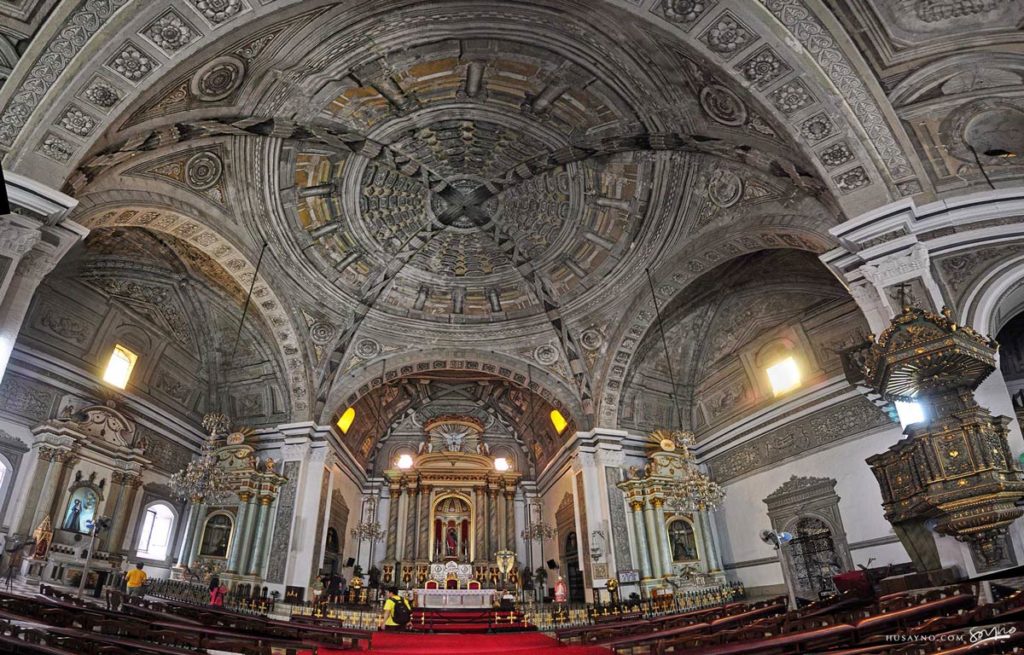
Located in the capital of Manila, San Agustin Church is found within the walled district of Intramuros, one of the most historical sites in the Philippines. It is considered to be the oldest stone church in the country and served as the base of political and military power by the Spaniards since it was constructed in the 1500s. It was given the honor of a UNESCO World Heritage Site in 1993 due to its impressive architecture noted for its trompe l’oeil ceiling and intricate altars.
Santa Maria Church (Ilocos Sur)
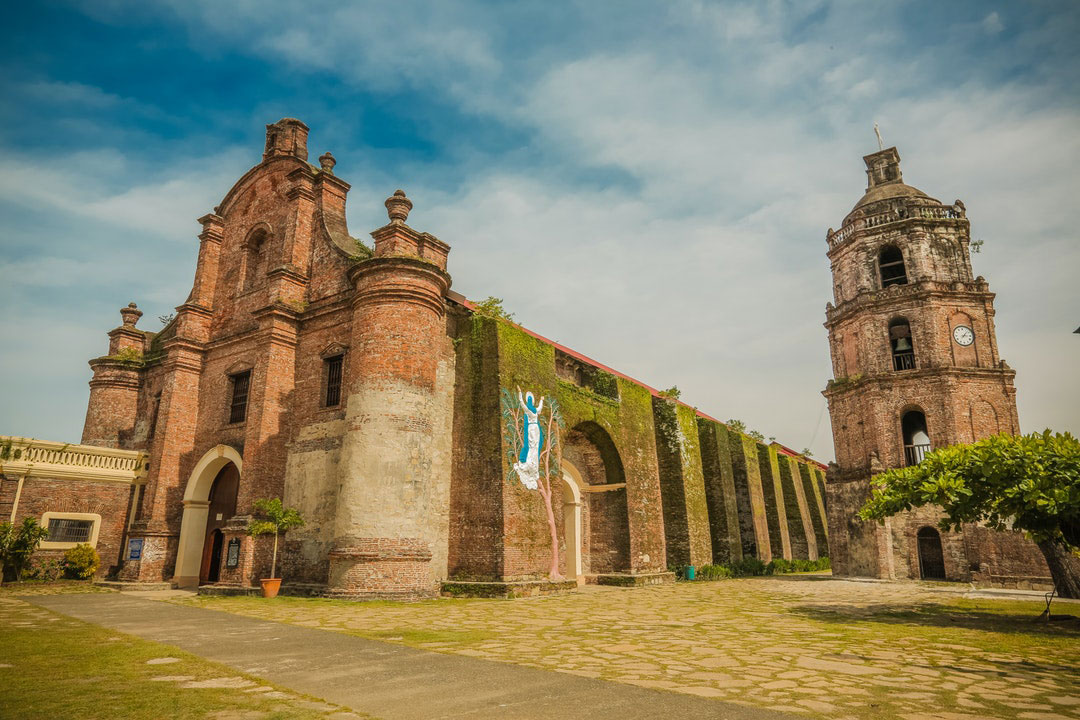
The Santa Maria Church stands proudly in Ilocos Sur and is noted for its unique Baroque architecture with the church itself surrounded by a defensive wall. It was completed in 1765 and became a UNESCO World Heritage Site in 1993, as part of a collection of Spanish-era Baroque churches in the Philippines. Moreover, the church is known for its beautiful Spanish motifs.
Paoay Church (Ilocos Norte)
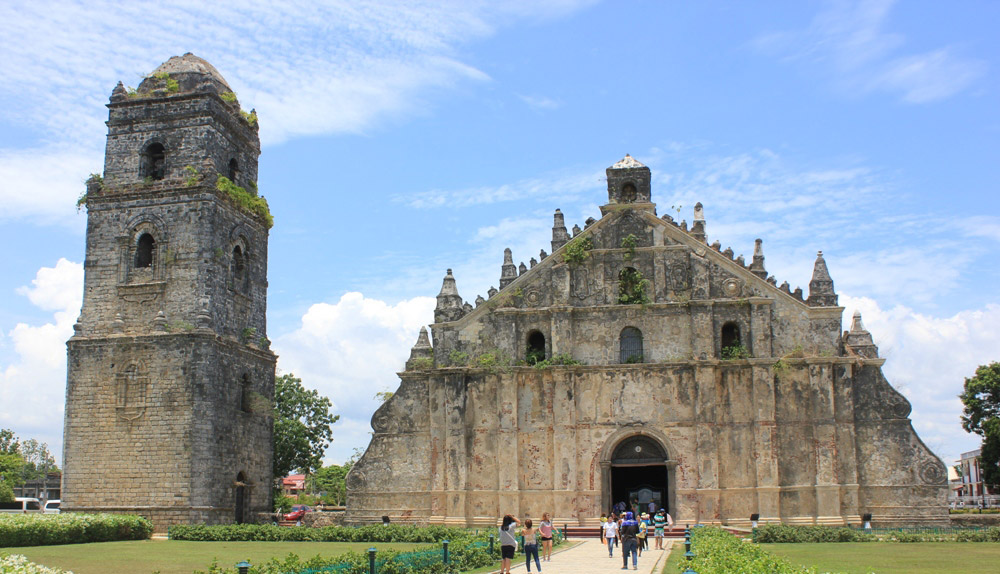
Paoay Church is also known as San Agustin Church and can be found in the city of Laoag. It became a UNESCO World Heritage site in 1993 and is also included in the collection of Baroque-style churches in the country. The beautiful and towering church features a bell tower that served as a watchtower during WWII and its impressive walls are made with brick and large coral stones that are unique to the region.
Miagao Church (Iloilo)
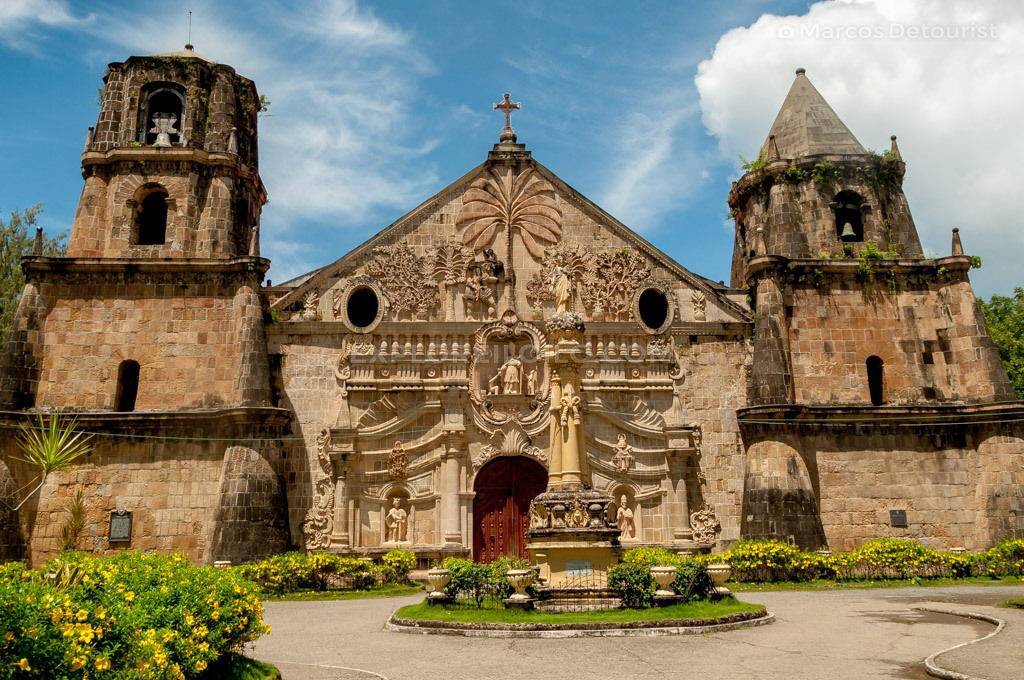
The church of Santo Tomas de Villanueva, or simply known as Miagao Church, features a “baroque fortress” design with elaborate architectural details that’ll leave anyone in awe. It was built using sturdy sandstones which allowed this church to withstand typhoons, fires, and earthquakes. This church is also one of the four Baroque churches in the Philippines that were recognized as UNESCO World Heritage Sites in 1993.
Historic City of Vigan (Ilocos Sur)
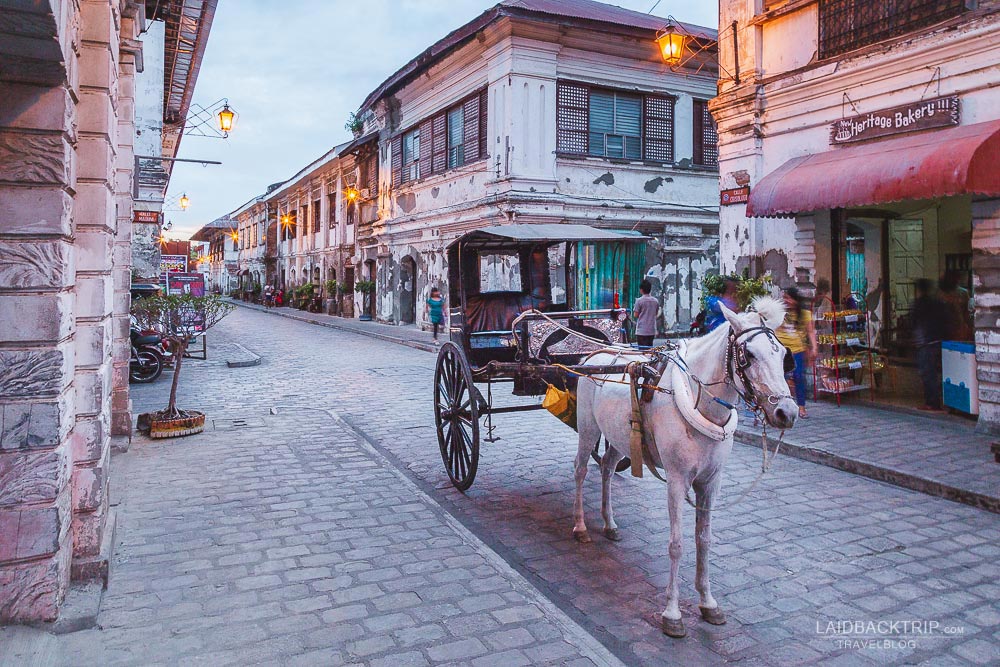
The historic city of Vigan is considered to be the best-preserved example of a Spanish colonial town in Asia by UNESCO, and it became a World Heritage Site in 1999. The beautiful city is packed with well-preserved Spanish-era buildings and structures, with the most notable being the cobblestone street of Calle Crisologo, which is lined with ancestral homes. With its stunning Old World charm, Vigan is also among the best places in the Philippines for destination weddings.
Rice Terraces of the Philippine Cordilleras (Ifugao)
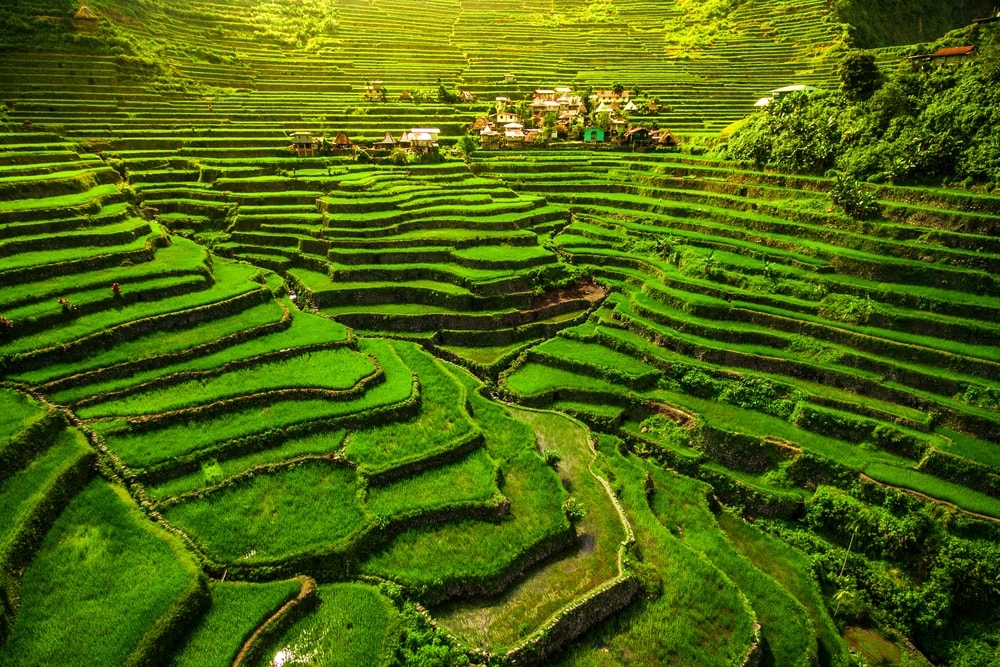
The Rice Terraces of the Philippine Cordilleras are found in North Luzon and are said to have existed for the past 2000 years. With a high elevation and characterized by mountains, the natives of the area deftly crafted the mountainsides to create intricate irrigation systems that made it possible to grow rice and other produce despite not being on a plain, which is the more common way of planting the crop. It became a UNESCO World Heritage Site in 1995 to honor the nation’s efforts in maintaining and cultivating the tradition until today.
Natural Sites
Natural UNESCO World Heritage Sites consist of sites that were formed by the earth and have unique geological origins. These beautiful natural formations in the country are worth a visit the next time you plan a trip to the country.
Mount Hamiguitan Range Wildlife Sanctuary (Davao Oriental)
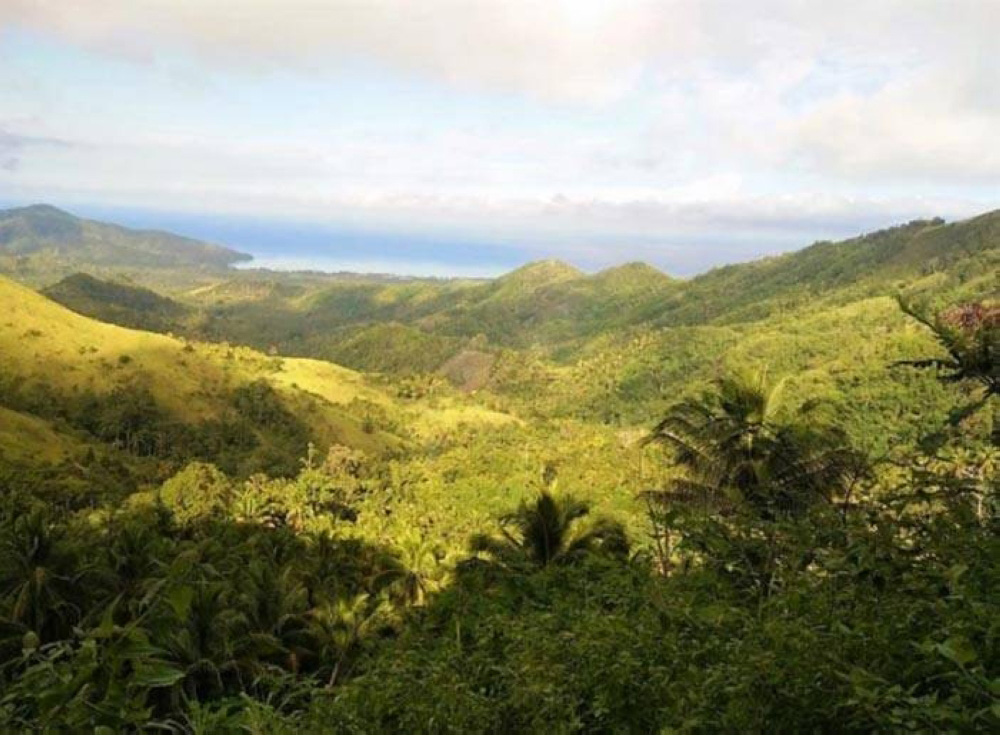
This site is a lush, mountain ridge that’s a safe haven for various animals and plants that are endemic to the area. It is home to the Philippine eagle and the cockatoo. Despite being a jungle, it is also home to aquatic habitats, making it a diverse wildlife sanctuary. Its impressive elevation is responsible for its unique ecosystems, and it was named a UNESCO World Heritage Site in 2014.
Puerto-Princesa Subterranean River National Park (Palawan)
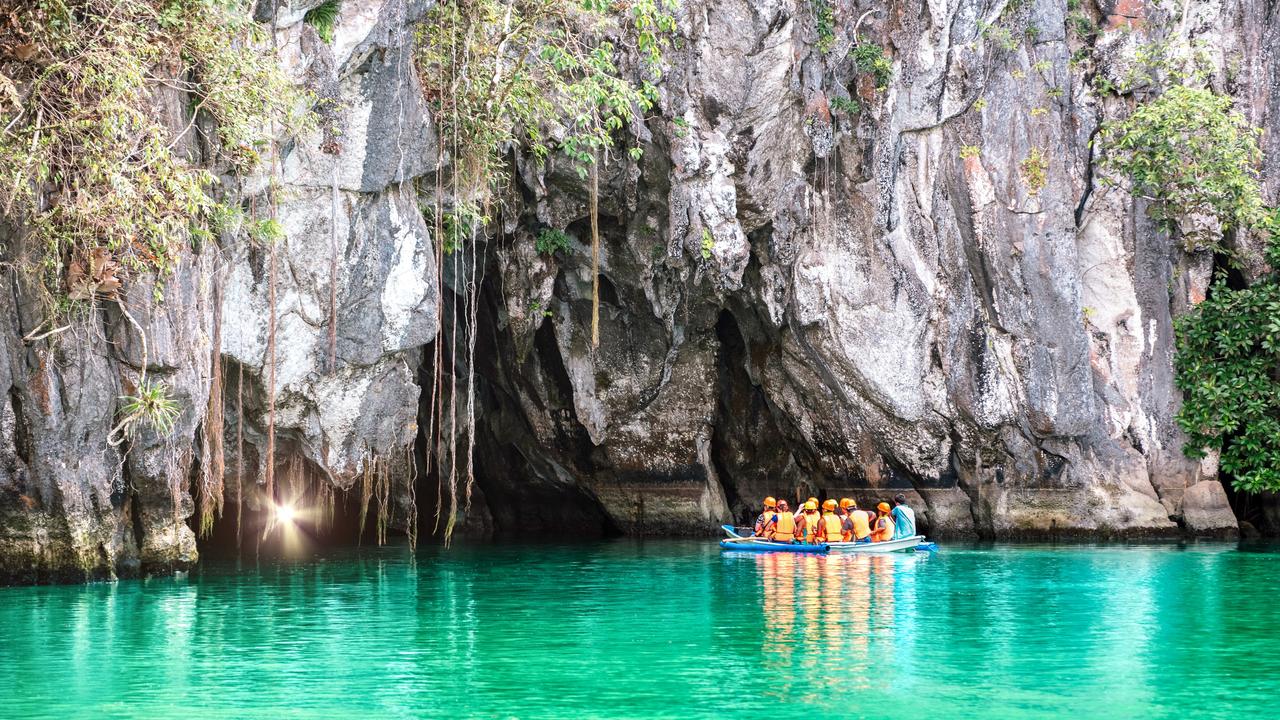
The Subterranean River National Park in Palawan is the region’s top tourist attraction. It is an underground river with a karst landscape, with the river measuring over 8.2 km and going through a limestone cave with beautiful stalactites, and finally emerging out to sea. It was named a UNESCO World Heritage Site in 1999 and noted for its full “mountain to sea ” ecosystem.
Tubbataha Reefs Natural Park (Sulu Sea)
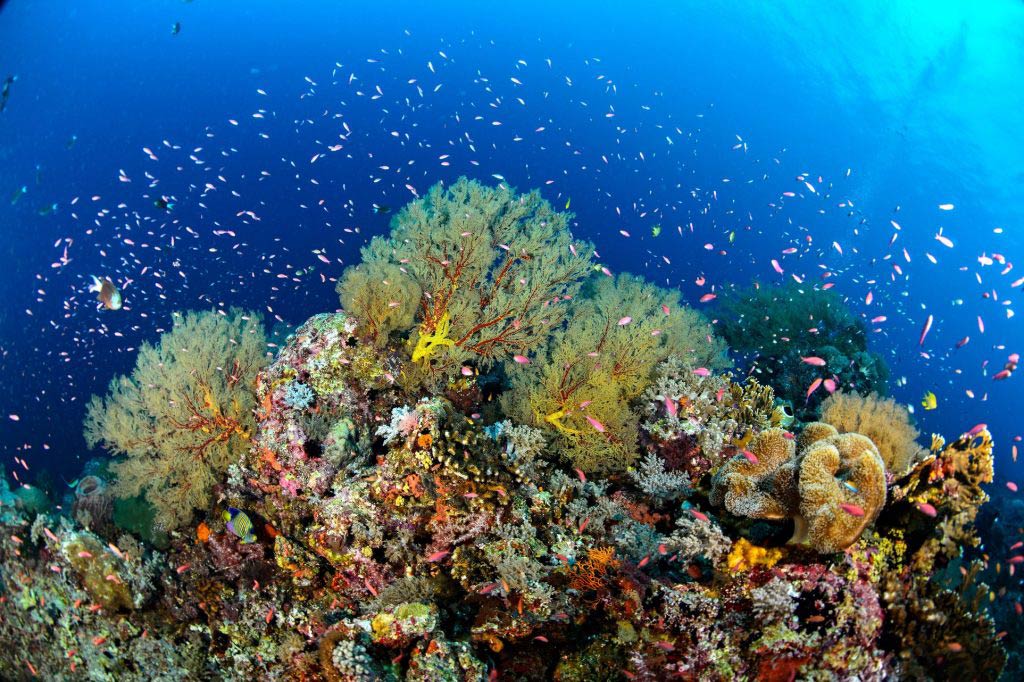
And lastly, the Tubbataha Reefs Natural Park is a protected area found in the middle of the Sulu Sea, just off the shores of the famous Palawan islands. Since the 80s, scientists have discovered hundreds of marine life in the North Islet, which include 360 coral species, 600 fish species, 13 dolphin species, and whales, 11 shares species, and 100 bird species. It also features a 100-meter perpendicular wall, two coral islands, and plenty of lagoons. It is has been hailed as a great example of an atoll or ring-shaped reef.
There you have it, the Philippines’ 9 UNESCO World Heritage Sites that are home to animals, plants, marine life, and cultural sites that are absolutely intricate, beautiful, and well-preserved. When you plan a visit to the Philippines, make sure you add these Sites to your itinerary for a complete cultural, natural, and immersive experience.


